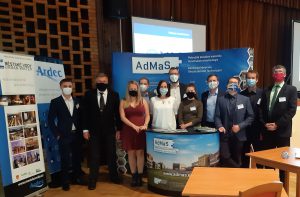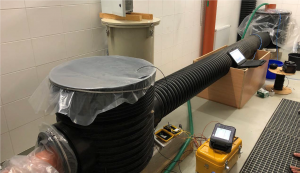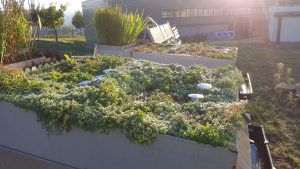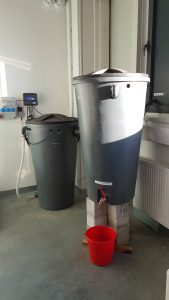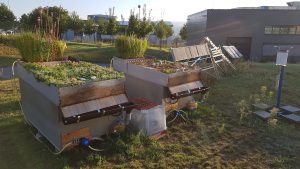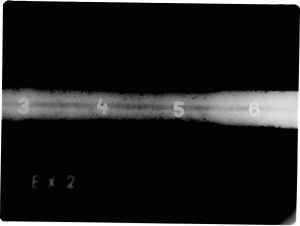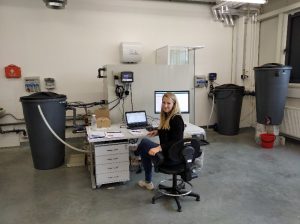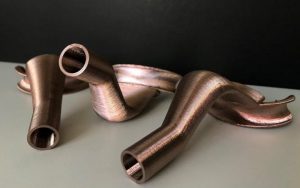UNDERLAYERS WITH A HIGH PROPERTY OF SECONDARY RAW MATERIALS
As part of the solution of the ADMATEC sub-project, which is a sub-project of the CAMEB center, one of the topics is focused on stabilizers for the base layers. In addition to experienced researchers at the Faculty of Civil Engineering, Brno University of Technology, the research team also includes students of doctoral, master’s and bachelor’s degree programs. One of the student of the bachelor’s program under the professional guidance of prof. Drochytky devoted herself to the possibilities of using secondary raw materials for soil-based stabilizers. As part of her activities mainly verified products after coal combustion and construction recyclates. The results of her work then confirm that a 20% replacement of soils with secondary raw materials is clearly possible. The materials achieve parameters comparable to the original mixture and in some cases even exceed them several times.
UNIQUE SUSPENSION FOR EARTH STRUCTURES
One of the topics of the ADMATEC sub-project is focused on suspensions for earth structures. This is a unique solution of earth structures using liquefied soils, which makes appropriate use of the self-compacting effect of the suspension, which perfectly fills the excavation space and within 24 hours becomes walkable and ready for further construction work. At the same time, it reaches the parameters of the original soil and is re-excavated by classical technologies. As part of the research activities, a student of the bachelor’s study program also took part in solving partial tasks. These were mainly ashes and recyclates. The conclusions of his work confirmed that 20% replacement of soil with secondary raw material in most cases not only does not worsen the parameters of the original mixtures, but in the case of fluid ashes increases the strength of the mass several times with a significant reduction in shrinkage.





